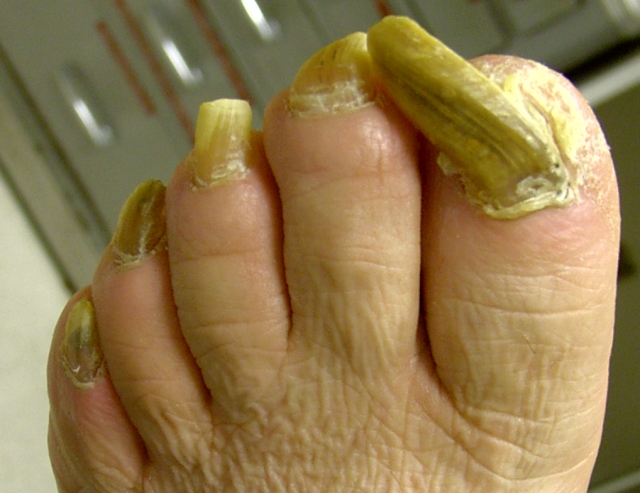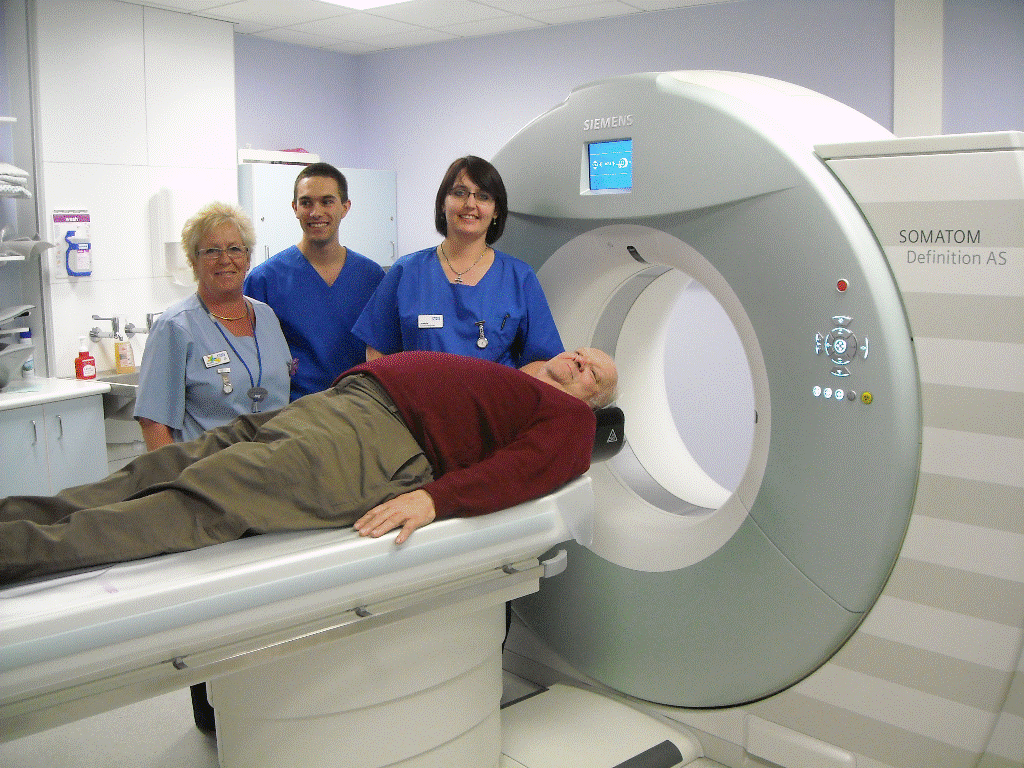An interventional radiology theatre. Photograph: bsir.org
(Hey guys, sorry I haven't posted in a while!)
X-ray generators are devices that are used be radiographers to acquire images that are taken using x-rays to see the body's internal structures. They can also be used in sterilisation and fluorescence scans.
The main component of the x-ray generator is the x-ray tube. This tube contains a cathode which directs an electron-stream (don't cross the streams!) into a vacuum, and an anode which collects the electrons. The anode is made from tungsten, molybdenum, or copper, and when the electrons collide with it, only about 1% of the resultant energy is emitted as x-rays.
Many scientists have been involved with the development of x-rays, such as Hermann von Helmholtz, Johann Hittorf, William Crookes, Heinrich Hertz, Nikola Tesla, and of course Wilhelm Röntgen.
X-ray imaging systems generally consist of an x-ray source, an image detection system, and a PACS. These imaging systems are used for many different applications, the most common and well-known one being for health-care/medicine.
In medicine, the two main fields x-rays are used is radiography and fluoroscopy. Radiography is used to produce fast images of the internal bone structures and tumours, as well as treating them (radiotherapy). Fluoroscopy is used when real-time imaging is necessary. These types of x-rays are highly penetrating, ionising radiation and therefore are only used on dense tissues, like bones, as they absorb the radiation better than soft tissues.
X-ray machines are also used in security measures. The most common of these is in airports or in schools. These x-rays are used to examine luggage for weapons, bombs. These x-ray systems are expensive but are non-invasive.
An advance in x-ray technology recently has been to the cathode which can be made from carbon nanotubes. These have been shown to provide 3-D images in less time than conventional x-ray machines do. Also, as they use less energy, they accumulate lower operational costs.









